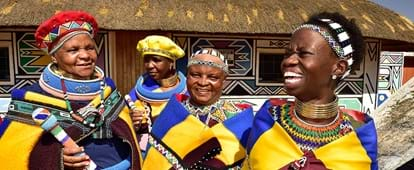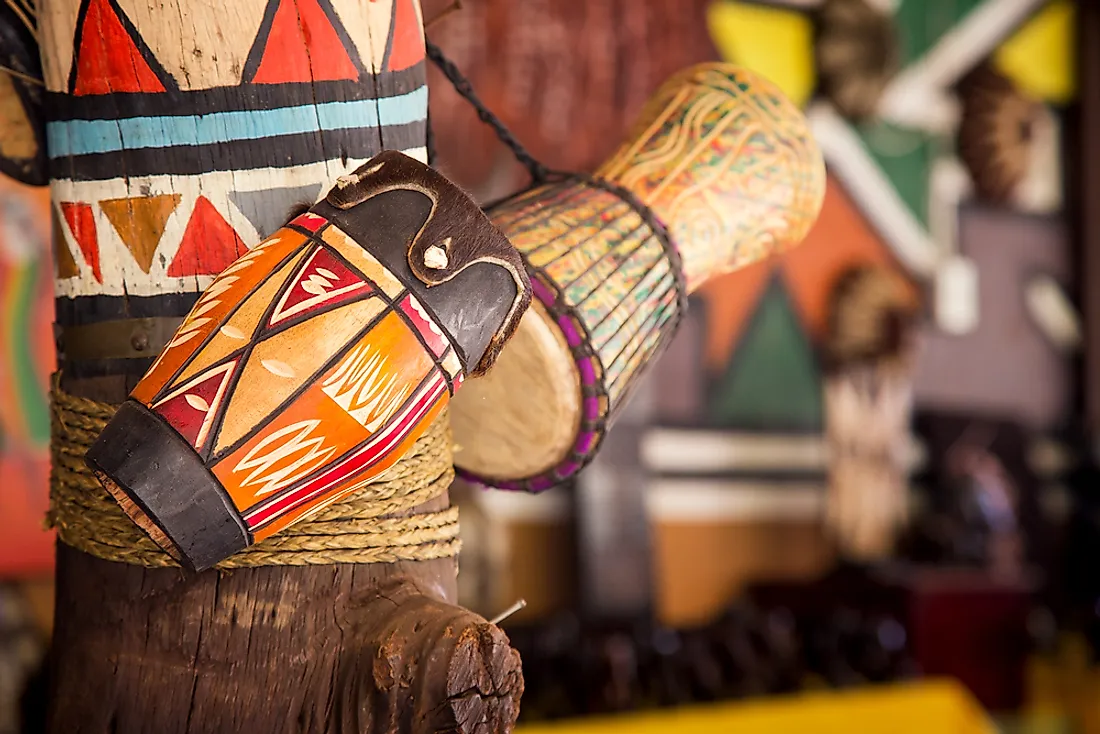South African Culture Today Things To Know Before You Buy
South African Culture Today Things To Know Before You Buy
Blog Article
Facts About South African Culture Today Uncovered
Table of ContentsThe Main Principles Of South African Culture Today Getting The South African Culture Today To WorkThe Single Strategy To Use For South African Culture TodayThe Ultimate Guide To South African Culture TodaySouth African Culture Today - TruthsExcitement About South African Culture Today
A matter of value in Zambian villages is the passing away of liked ones. All members of the village put money, time and initiative with each other for the funeral of the deceased.During the grieving duration; men stay outside the home and the females stay inside the residence of the deceased. After chatting concerning the deceased, the village walks to the place of burial to claim their last goodbyes. Songs and dancing is a really crucial element of the Zambian society. The numerous tribal devices have their very own dancing types; nonetheless, makishi prevails among all people.
Facts About South African Culture Today Uncovered
When it involves songs, drums are used the most, with a range of drumming events. In Zambia, bulk of the individuals are Christian; Protestant and Roman Catholic. There are small teams of Muslims and Hindus, with the remainder following local native tribal ideas.

South African heritage and society is greatly varied, and contains various teams of people who each have their own practices and ideas. Having such a diversity of individuals and cultures is what makes South Africa so unique. In truth feeling of the phrase, we are a rainbow nation.
Making it the 7th on the list of countries with the most Portuguese individuals in it outside of Portugal. Portuguese is not just a culture, however it is additionally a language and a citizenship. Portuguese individuals originate from the nation of Portugal in Europe, nevertheless, due to Portugal (like many other nations in Europe) exploring the globe and overcoming various other countries throughout the 15th 20th centuries, South Africa has what we call Portuguese South African's living in it.
The Basic Principles Of South African Culture Today
Amongst the prominent features of the topography is a plateau that covers almost 2 thirds of the facility of the country. The plateau complicated climbs towards the southeast, where it climaxes in the Drakensberg range, part of an escarpment that divides the plateau from the seaside locations. The Drakensburg includes Sparkling wine Castle, the highest peak in the country.
The region north of the Witwatersrand, called the bushveld, slopes downward from east to west toward the Limpopo River, which creates the global border. The western area of the plateau, the middleveld, additionally descends in the direction of the west and varies in altitude between the highveld and bushveld. In between the Drakensburg and the eastern and southerly coastline, the land descends to the sea.
Nearer the coastline there is a low-lying level called the eastern lowveld. Southwest of the plateau the country becomes gradually more dry, paving the way to the hostile desert of the Great Karroo, surrounded on the eastern by the reduced, much better watered plateau of the Little Karroo. Separating the dry southerly inside from the sandy coastal of the southerly shore and West Cape is another range, the Langeberg.
What Does South African Culture Today Mean?
The nation's racially, ethnically, and politically divided background has actually produced national and subnational icons that still work as symbols of the nation, and others icons that are approved just by certain teams. The monuments to white settler conquest and political supremacy, such as the Afrikaner Voortrekker ("pioneer") Monolith in Pretoria and the Rhodes Monolith honoring the British colonial empire contractor and Cape head of state Cecil Rhodes, stay sectarian icons.
The initial modern-day citizens were the San ("bushman") hunter-gatherers and the Khoi ("Hottentot") peoples, that herded animals (South African culture today). The San may have existed for hundreds of years and left proof of their visibility in countless ancient cave paintings ("rock art"). Bantu-speaking clans that were the forefathers of the Nguni (today's amaZulu, amaXhosa, amaSwazi, and vaTsonga individuals) and Tswana-Sotho language groups (today's Batswana and Southern and Northern Basotho) moved down from eastern Africa as early as the fifteenth century

Both former republics of the Orange Free State and Transvaal (South African Republic) were developed by Afrikaner settlers who beat and dispossessed the Basotho and Batswana. Lesotho would have been forcibly included into the Orange Free State without the expansion of British defense in 1869. The best marriage of the nation arised from the South African Battle (18991902) in between the British and the two Afrikaner republics, which lowered the nation to ruin at the start of the twentieth century.
Afrikaners historically considered themselves the just true South Africans and, while providing full citizenship to visit their website all homeowners of European descent, denied that status to individuals of shade till the democratic shift of 1994. British South Africans preserve a feeling of social and social link to Great Britain without damaging their identification as South Africans.
Not known Facts About South African Culture Today
The diversity and fragmentation within ethnic groupings and the equilibrium of stress between those teams during the twentieth century avoided interethnic civil read this post here conflict. While intergroup tensions over sources, entitlements, and political dominance stay, those conflicts are as likely to match Zulu against Zulu as Zulu versus Xhosa or African versus Afrikaner.
From colonial India, British merchants and managers brought the curved steel ornamental roofs and slim lace work pillars that still epitomize the verandas of homes in communities and cities throughout the nation. Holy places add a vital building aspect also in the smallest communities. Along with the soaring steeples and traditional stonework of Afrikaans Dutch Reformed churches, Anglican churches, synagogues, mosques, and Hindu temples supply variety to the religious building scene.

Slaughtering and the brewing of traditional grain beer are vital in safeguarding the engagement and a good reputation of the forefathers that are taken into consideration the guardians of excellent fortune, prosperity, and wellness. Indian neighborhoods keep their indigenous cooking customs and use them on Islamic and Hindu ritual and a knockout post ritualistic events. Afrikaners and Coloured individuals gather at weekend breaks and special occasions at multifamily barbecues called braais, where area bonds are enhanced.
Because this was the main economic venture of both black Africans and white colonists, conflict in between those groups fixated the property of grazing land and animals. In 1867, the biggest ruby down payments in the world were uncovered at Kimberley in the west central area. The wealth from those fields helped finance the exploitation of the best gold reef on the planet, which was discovered on the Witwatersrand in 1886.
The smart Trick of South African Culture Today That Nobody is Talking About
This caused misconceptions and deliberate misstatement in the transactions of white inhabitants and government authorities with African principals during the early american period (South African culture today). In the facility of African books, some facets of common and chiefly "tribal trust fund" land tenure were maintained, and even in white country areas, types of communal period were still exercised in locations with African areas
After the democratic makeover of 1994, programs for land restitution, redistribution, and reform were instituted, yet progression has actually been sluggish. The white minority still manages eighty percent of the land. Following farming land invasions in Zimbabwe, the Division of Land Matters has pledged to speed land redistribution.
Report this page